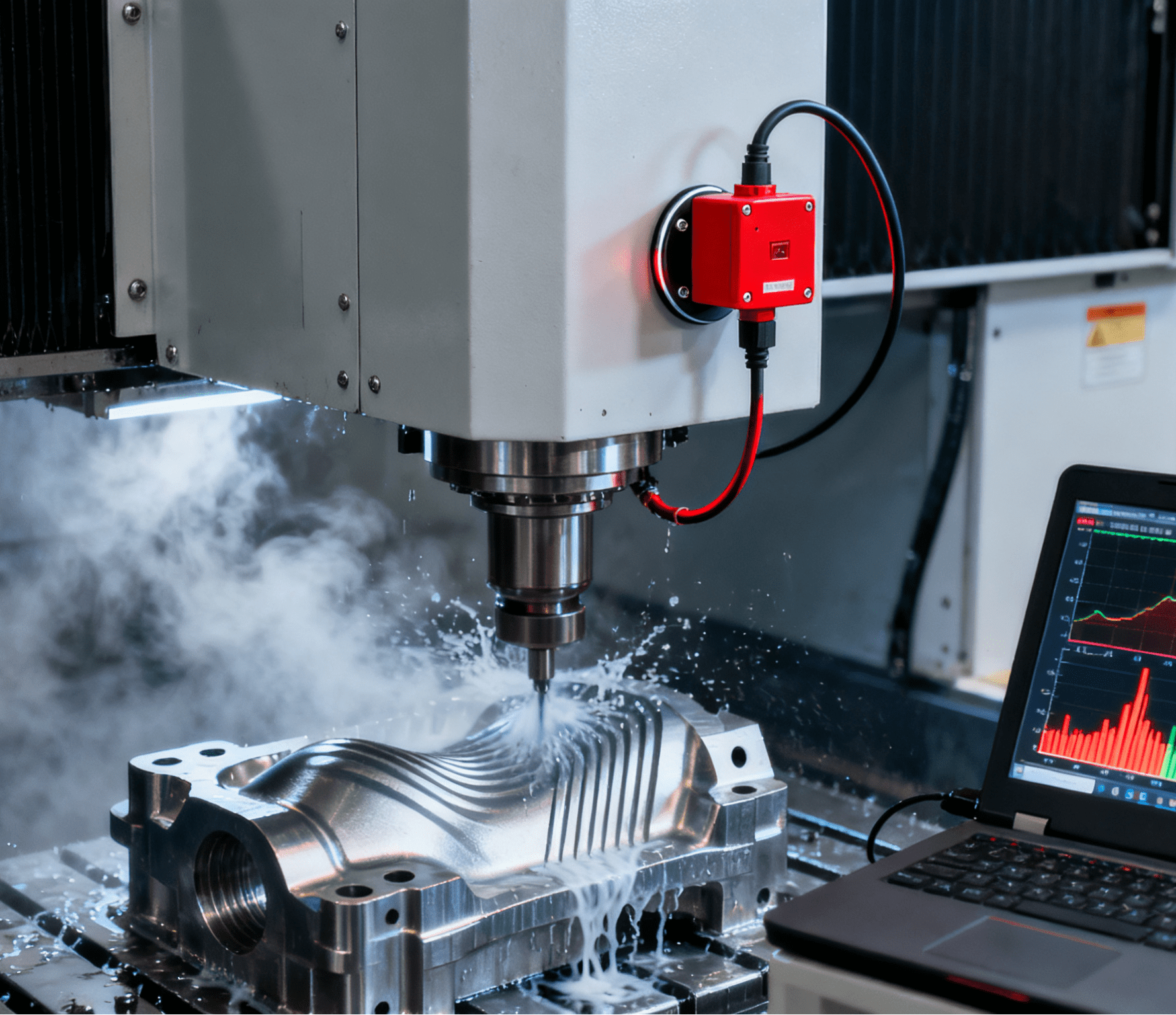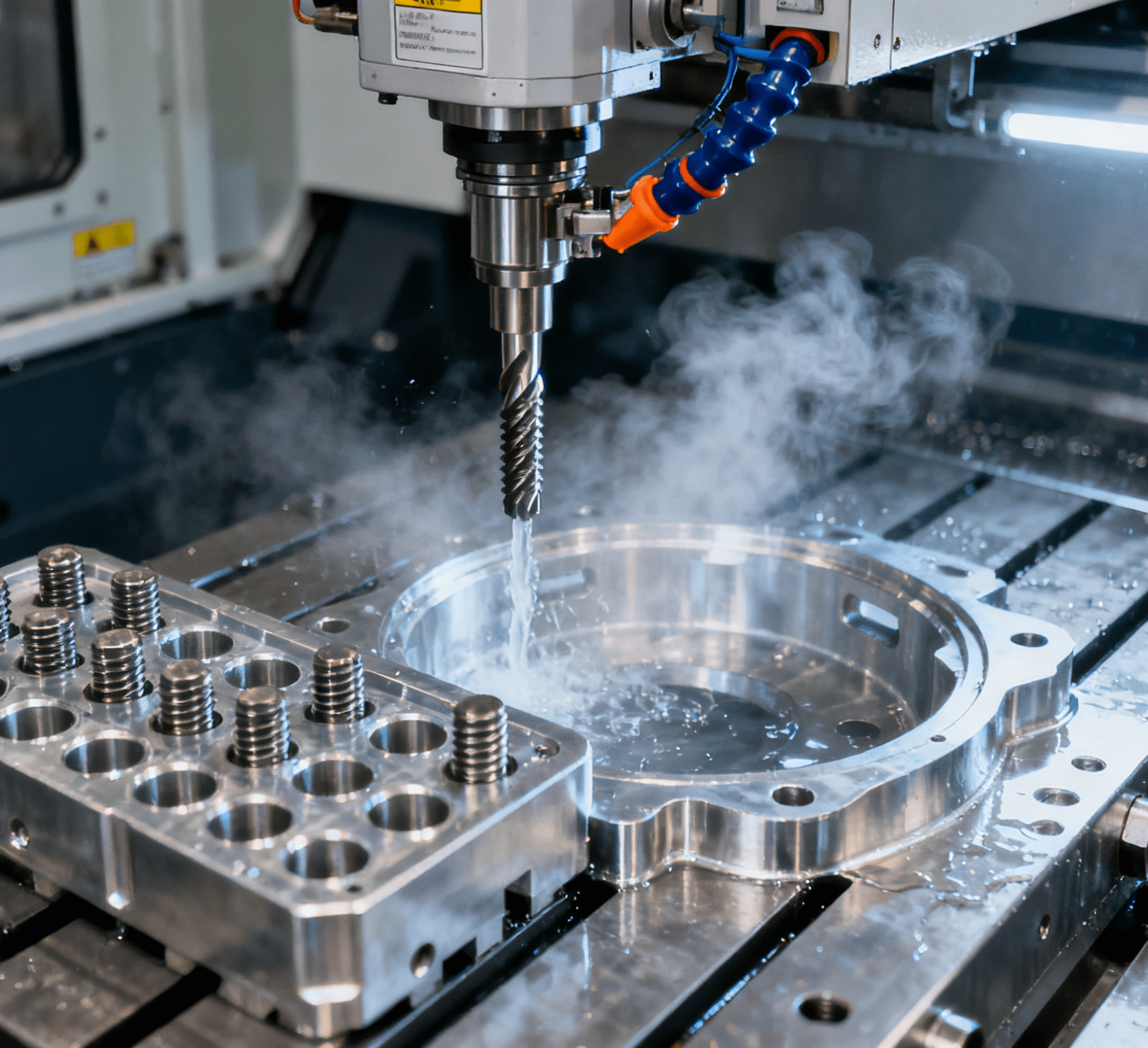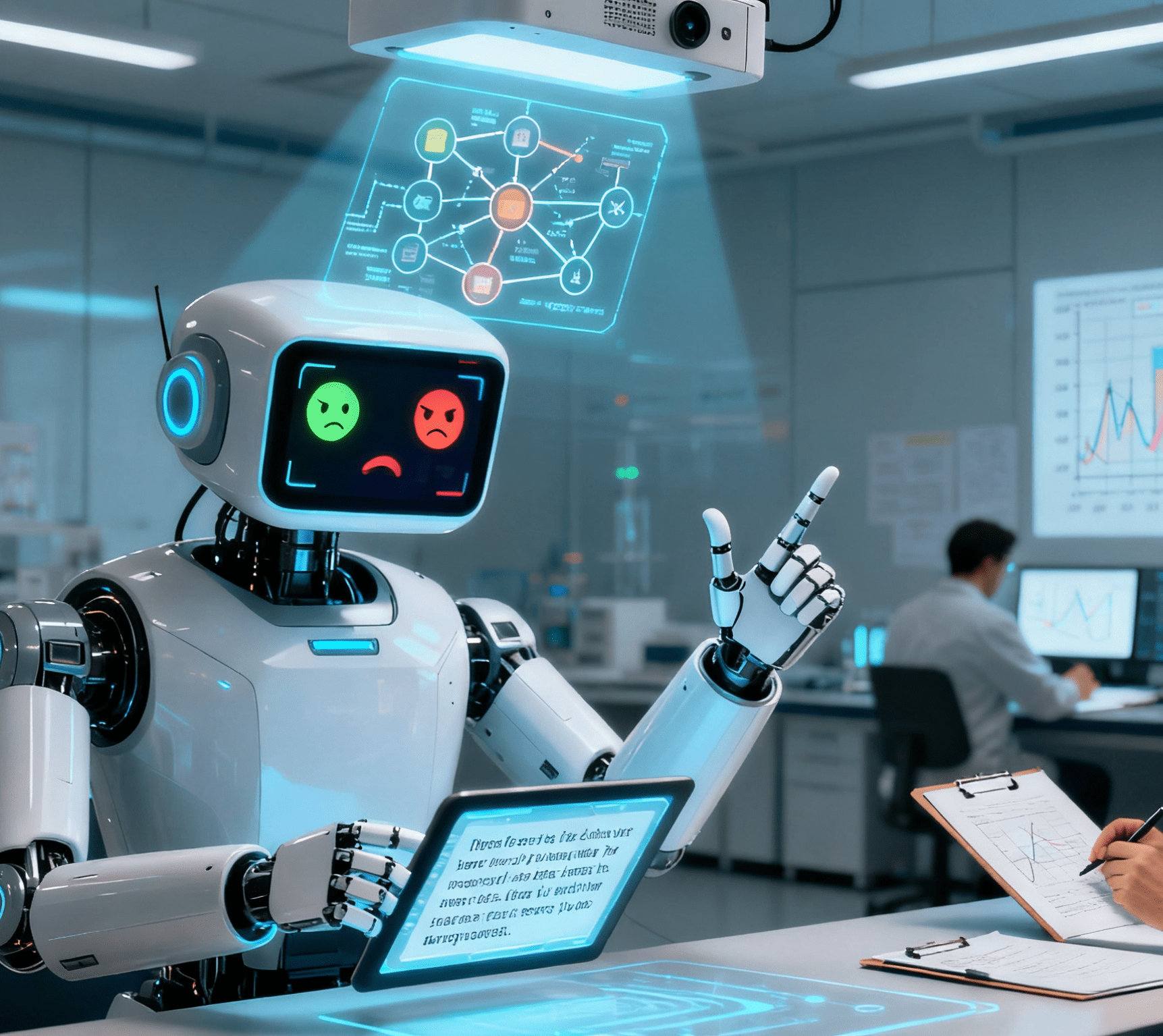Table of Contents
ToggleHumanoid Robots in Warehousing: The Next Frontier in Supply Chain Automation Driven by Intelligent and Industrial Automation

“By 2040, humanoid robots could outnumber humans”—Elon Musk’s prediction, once the stuff of sci-fi, now reflects a tangible shift in intelligent automation. As AI evolves at a 10x annual pace, businesses are confronting a pivotal question: How will intelligent and industrial automation reshape supply chains? Humanoid robots, though still in testing phases, are already emerging as a transformative force. Companies like Amazon and Tesla are piloting general-purpose humanoids such as Agility Robotics’ Digit and Sanctuary AI’s Phoenix, marking a new era where automation equipment like these robots could redefine warehouse operations.
This isn’t just about technology; it’s about integrating intelligent automation into the fabric of industrial automation. Current warehouse setups rely on AGVs, AMRs, and cobot arms, but humanoids offer a unique advantage: the ability to operate in human workspaces without extensive retooling. As supply chains grapple with labor shortages and efficiency demands, these robots represent the next leap in automation equipment—bridging the gap between traditional industrial automation and the adaptive capabilities of intelligent systems.
What’s Driving the Push for Humanoid Robots?
- AI as the Core Enabler: Generative AI allows humanoids to learn tasks dynamically, eliminating the need for constant reprogramming. This aligns with the ethos of intelligent automation, where systems adapt to workflows rather than forcing workflows to adapt to systems.
- Unprecedented Automation Scope: Unlike fixed industrial automation systems, humanoids can handle oversized items and intricate picking—tasks that previously required human intervention.
- Labor Shortage Mitigation: With 76% of supply chain operations facing workforce gaps, humanoids serve as scalable automation equipment, particularly in harsh environments like cold storage.
- Safety and Efficiency Synergy: By taking on hazardous tasks, humanoids create hybrid workforces where intelligent automation enhances human safety while industrial automation maintains process reliability.
Preparing for Humanoid Robots in Warehouses
Supply chain leaders must adopt a strategic approach:
- Integrate with Existing Automation Equipment: Humanoids should complement AGVs, AMRs, and automated storage systems to form a cohesive industrial automation ecosystem.
- Simulate and Train: Use physics-based virtual environments to test humanoid workflows, ensuring seamless integration with intelligent automation frameworks.
- Upskill Workforces: Train engineers to manage these advanced systems, as humanoids will require collaboration with both automation equipment and human teams.
What’s Next?
The global humanoid robot market’s projected 26-fold growth from \(2.43 billion in 2023 to \)66 billion in 2032 underscores its inevitability. These robots won’t replace humans; they’ll enhance them—acting as a bridge between industrial automation’s reliability and intelligent automation’s adaptability.
For supply chains, the future lies in orchestrating humanoids with existing automation equipment to create resilient, efficient ecosystems. As labor shortages persist and consumer demands escalate, the organizations that thrive will be those that view humanoid robots not as standalone tools, but as integral components of a broader intelligent and industrial automation strategy. The warehouse of tomorrow won’t just be automated—it will be a symphony of human intuition and robotic precision, powered by the seamless integration of automation equipment and cutting-edge AI.




















